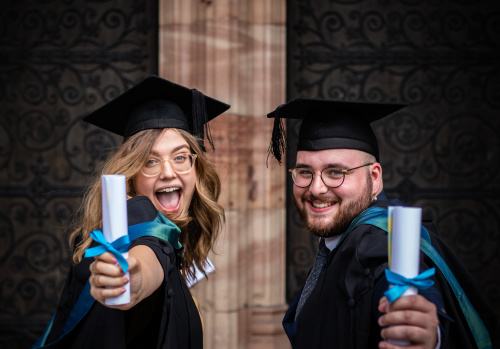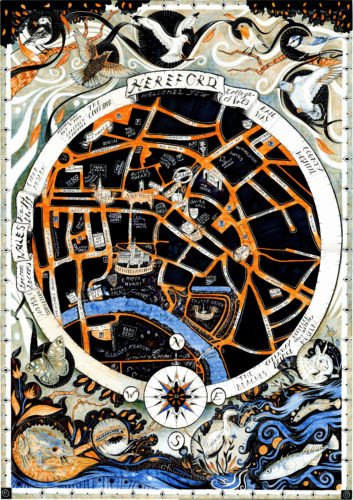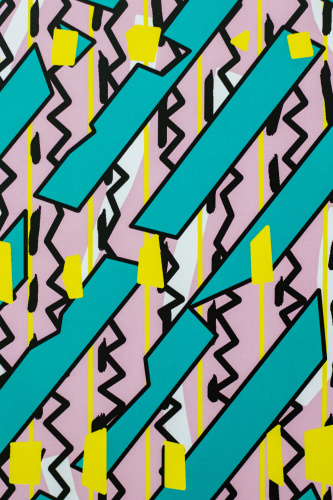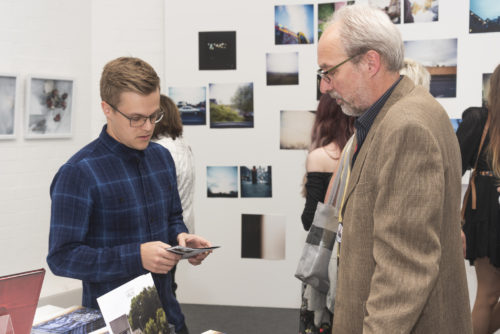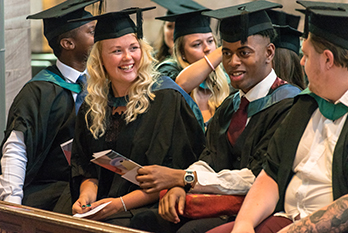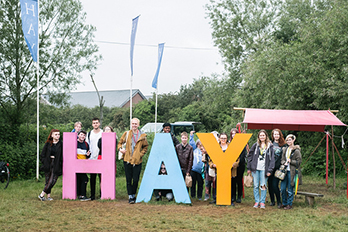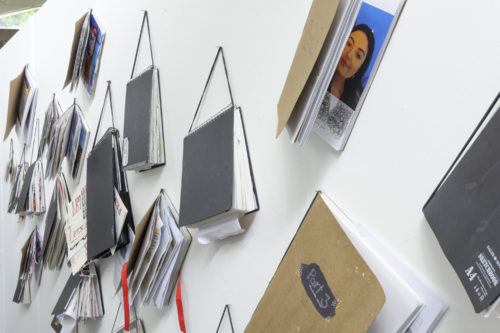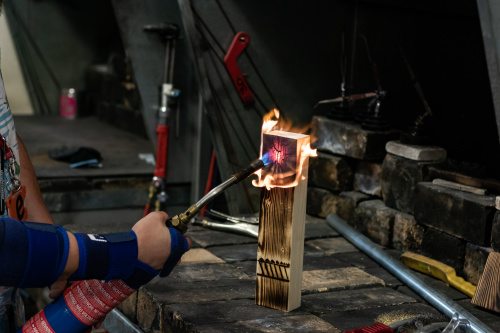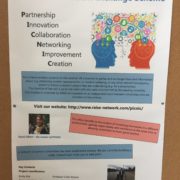HE Symposium Part 2: Laura Ritchie
Published on 21.09.17
I’ve split the posts around the HCA HE Symposium last Wednesday as there has been a great deal to reflect on, around scholarship, the particular teaching practices of creative, skills-based education – and I don’t want to start writing over-long blog entries. To recap, we looked at the value of a creative education, with help
Categories
I’ve split the posts around the HCA HE Symposium last Wednesday as there has been a great deal to reflect on, around scholarship, the particular teaching practices of creative, skills-based education – and I don’t want to start writing over-long blog entries. To recap, we looked at the value of a creative education, with help from guests Laura Ritchie (@Laura_RItchie) and Jonathan Worth (@Jonathan_Worth) and our very own Nick Thomas.
So, on Wednesday, we were extraordinarily lucky because Laura brought her cello and herself to HCA. She’s blogged about this here.
Laura showed Nic how to play the cello, live, in front of an audience.
It strikes me, looking at the photographs, that Laura’s practice not only brings the traditional power structures of teacher/student to a peer-to-peer level, but it subverts them. And she places teacher/student in a position where the teacher enacts trust with the student before the student has to place trust in the teacher.
Laura’s practice shares…shares her instrument with the student, shares her skill with the student, shares risk, acknowledges risk…but, as in all skills-based disciplines, she is the ‘master’ of her art, even if she doesn’t choose to perform that role. Instead, she subverts it, plays with it, and uses it to share the particular knowledges of her craft. She is generous with her knowledge.
Laura visited us to show us how creative practitioners teach. That sounds slightly crazy, to invite someone to show an audience of experienced HE creative practitioners, many of whom have their own creative practice, how they teach. However, although we have sufficient evidence to illustrate our studio teaching practices at HCA, we can’t stand still with our storytelling. We need to be able to articulate why our teaching practices works, both to share it, to develop it and to ensure it retains value in a world which currently looks at metrics as a way to capture the value of teaching and learning.
Reliance on metrics arguably puts practical disciplines at a disadvantage. Skills-based teaching can be a tacit process, and a creative arts education deals with a ‘fluid kind of knowing’ (Sims & Shreeve, 2012), a kind of knowing that moves between procedural knowledge, understanding of cultural practices, understanding of theory and of complex skills.
If we’re considering the value of a creative education, it is easy to argue that such forms of knowing are hugely relevant for students in today’s fluid environments; the ability to cope with the unfixed, but having a level of practical skill alongside the ability to innovate and reflect.
But, how is it taught? Because this is experiential knowledge, based on dialogue, based on skills that are ‘shown’ rather than ‘told’. And this is exactly what Laura demonstrated right back to us, as evidenced when the ceramicist behind me – a practice-led researcher and teacher exclaimed; ‘but this is what I do! All the time!’. This is how we teach; through dialogue, through risk, through sharing, through showing.
And it works. Nic (Illustrator and Lecturer on the B.A (Hons) Illustration course) played the cello. And made a nice noise (although not as nice as the sounds that Laura made when she played for us).
This is another aspect to the creative arts. We deal in objects as well as (not instead of) ideas. And, in a context that is increasingly dominated by our attitude to things, perhaps that is something to consider – the object and its part in the meaning-making process. How we share objects and who they are owned by. How they are shared.
Laura also showed us a common language; that of our ability to learn, our ability to make music, and our ability to teach. But she did this in a very particular way. As she says on her blog:
Part of the value integrated in this activity, is that I did not tell him to do this or that. I did not tell him I expected something from him. In fact I told him that I would not ask him to do anything he could not do, and he did not have to do anything he didn’t want to, yet he embraced the situation, took risks, and accomplished things for himself. I did not manipulate him physically, making him do things – but set it up so he was allowed to experiment and find the shapes and feel the sensations for himself.
And so we come back to our students; Their attitudes, willingness to learn, their ability to place risks – which can only happen if we teach in a certain way. Laura’s book on self-efficacy in Higher Education is one I’d thoroughly recommend – it’s here.
Laura also spoke around how the value of a creative education not only being in the skills we teach, but the qualities they support; how fixed ‘jobs’ as illustrators, musicians, craftspeople are hard to find but how the ability to cope with complexity, the ability to flex and bend, to perform, to create.
In her words:
“It is important to tell the students what they have done. It is important for us to articulate what we do, so that others outside the creative arts can understand that there is value in a creative education. We are equipping people with the skills not only to do what they love, but to succeed in our changing world.”
Laura, thank-you so much for visiting HCA and giving us so much to think about through your conversation and generous sharing of practice.
Next up will be- materiality, creative value as community action and Nick Thomas, textiles lecturer.
